Hello again, fellow Earth advocates and cozy home enthusiasts! At The Green Cocoon, we’re not just about helping you stay comfortable; we’re also here to ensure you’re living in an energy-efficient and eco-friendly space. And guess what? Fall is the perfect time to take a closer look at your insulation.
Why Fall, You Ask?
Well, as the leaves change and the temperature starts to dip, your home’s insulation becomes more critical than ever. It’s during this season that we often discover where your home is losing valuable heat. Those chilly drafts and high heating bills? Yep, they’re often symptoms of inadequate insulation.
The Inspection Process: Shedding Light on Heat Loss
Our insulation inspection process is like a detective story. We use cutting-edge technology to uncover the areas where heat is escaping and drafts are sneaking in. From your attic to your walls and crawl spaces, no nook or cranny goes unnoticed.
Eco-Friendly Recommendations: Customized Just for You
Once we’ve identified the culprits, we don our eco-warrior capes and get to work. We always prioritize recommending the most eco-friendly insulation solutions possible. Our go-to options include open-cell spray foam, cellulose, and mineral wool insulation, all of which are incredibly effective and Earth-friendly.
But, here’s the deal: Sometimes, we find that fiberglass insulation is a necessary addition to certain areas, especially when budget constraints are a concern. While fiberglass isn’t the greenest option out there, we believe in balance and working with you to find the best solution for your specific needs. It’s all part of our commitment to People, Planet, and Performance.
The Science of Savings
Let’s talk numbers for a moment. Our eco-friendly spray foam, for example, is up to 70% more energy-efficient than traditional fiberglass insulation. That’s a significant difference in your monthly energy bills and your overall carbon footprint. But, as mentioned earlier, there are instances where fiberglass plays a role, especially in garages or out-buildings, where cost-saving measures may be a top priority.
Tailored to Your Needs
At The Green Cocoon, we’re not a one-size-fits-all kind of crew. We work closely with you to find the perfect balance between eco-friendliness and cost-effectiveness. Our goal is to ensure your home is as energy-efficient as possible while respecting your budget.
So, why wait? This fall, let’s embark on a journey to make your home cozier, greener, and more energy-efficient than ever before. Our insulation inspection and recommendations will not only keep you warm during the chilly months but also help reduce your energy costs, all while being mindful of our beloved planet.
Give us a call, and together, we’ll turn your home into an eco-friendly cocoon of comfort.
Seasonal Comfort Beyond Winter
Insulation isn’t just for winter; it plays a vital role in keeping your home comfortable year-round. With the right insulation, you can enjoy steady indoor temperatures, lower energy bills, and a healthier living environment in every season.
Summer: In the summer, insulation helps keep heat from moving from the outside to the inside. This cools your home and makes air conditioners work less, which can save you money on cooling costs.
Fall and Spring: Changes in the weather outside can change the climate inside. For example, warm afternoons need insulation to keep the temperature inside steady. And that means you won’t have to change the thermostat settings as often to make the inside feel comfortable.
Winter: Insulation keeps heat in, which makes rooms warmer and your heating system works less.
Comfort in the seasons goes beyond just being able to control the temperature. Good insulation can:
- Help keep dust and allergens from getting in through cracks and holes.
- Control the amount of moisture in the air to improve the quality of the air inside.
- Reduce noise, acting as a sound barrier.
Choosing the right insulation is important. Cellulose insulation expands and covers a lot of ground, which keeps heat from getting in in the summer and out in the winter. Closed cell spray foam insulation, on the other hand, fills in the gaps and cracks that could let in drafts.
Long-Term Value: Protecting Your Home Investment
Without good insulation, condensation, mold, or even wood rot can build up in the attic and crawl spaces over time, causing hidden damage. If you have to fix or update these things, it could cost a lot of money. But an inspection and quick fixes could keep damage from happening in the first place.
Some benefits that will last a long time:
- Lower utility bills: A house that is well-insulated loses the least amount of energy and saves money over time.
- Extended lifespan of HVAC: The heating and cooling systems last longer because they don’t have to work as hard, which means they need less maintenance.
- Resale value: These days, buyers want features that save energy. New insulation makes a home easier to sell.
- Less future repairs: Getting rid of moisture and drafts will keep the home healthy and prevent any damage to the structure.
Choosing the Right Insulation for Your Home
Not every type of insulation is right for every home. Many homeowners put cellulose attic insulation in big areas. It makes a great seal in places where air leaks are a problem, and it also has a good R-value. Fiberglass batts are put in some wall cavities or joist spaces, but they lose their effectiveness over time if they are compressed or installed incorrectly.
Final Thoughts
In the fall, don’t just get your house ready for the cold. Take some extra time to check on and update the insulation. A home that is well-insulated can save energy, keep you comfortable all year, and build equity over time. This winter, work with professionals to keep your home warm, save money, and build up an equity shield for the future.






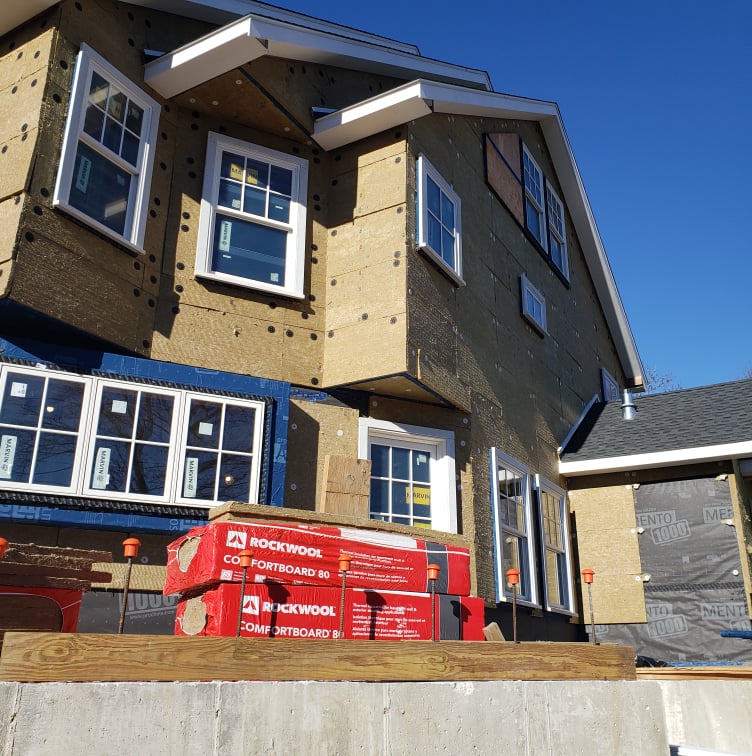
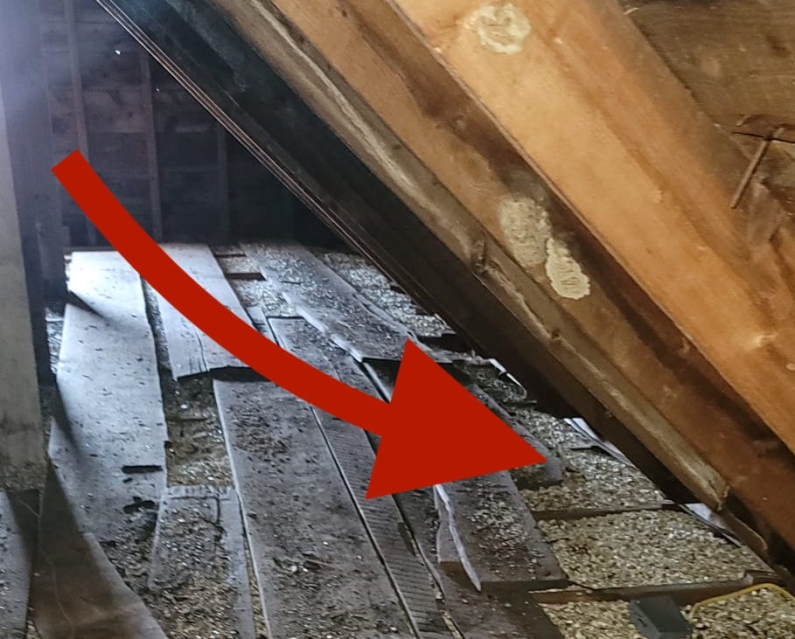
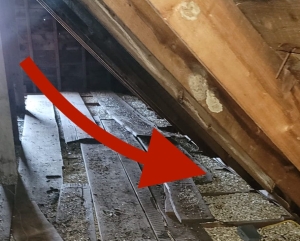 For those of you that know any of us here at The Green Cocoon, you know we’re passionate about what we do and how we do it. We also aim to spread knowledge and promote safety in our beloved homes.
For those of you that know any of us here at The Green Cocoon, you know we’re passionate about what we do and how we do it. We also aim to spread knowledge and promote safety in our beloved homes.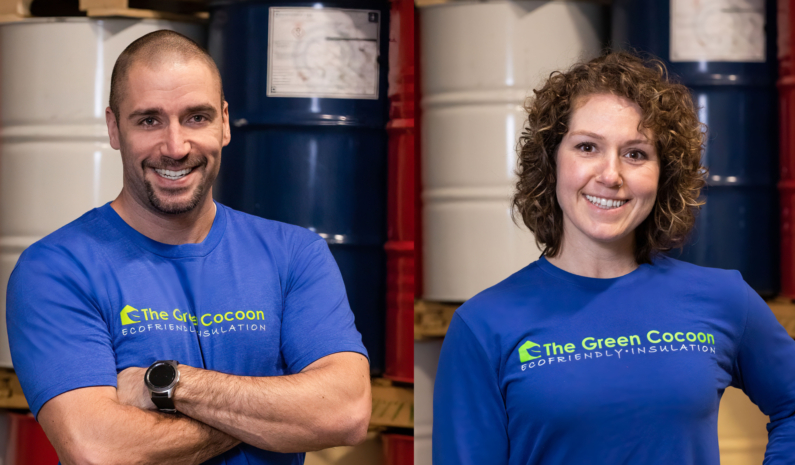
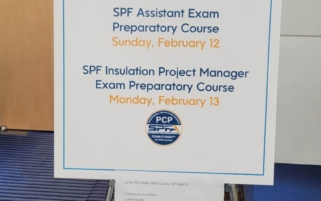
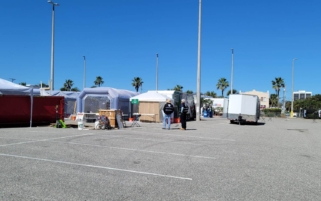

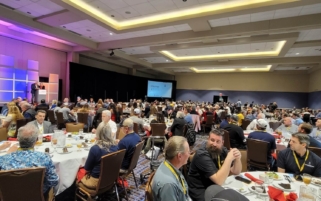

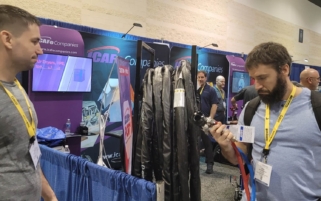


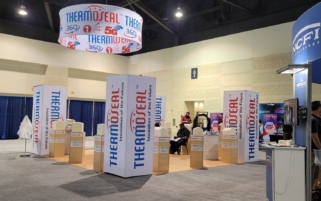

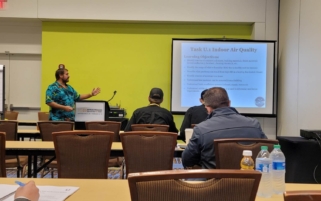

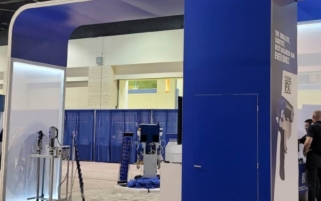

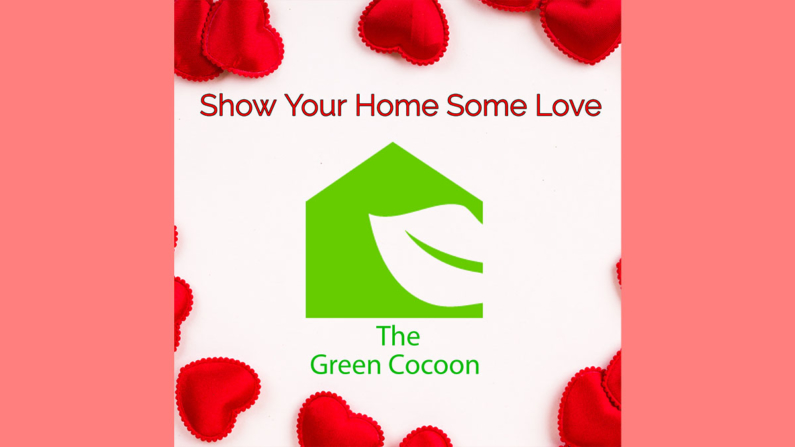
 Here are five ways you can show your home some love this Valentine’s Day.
Here are five ways you can show your home some love this Valentine’s Day.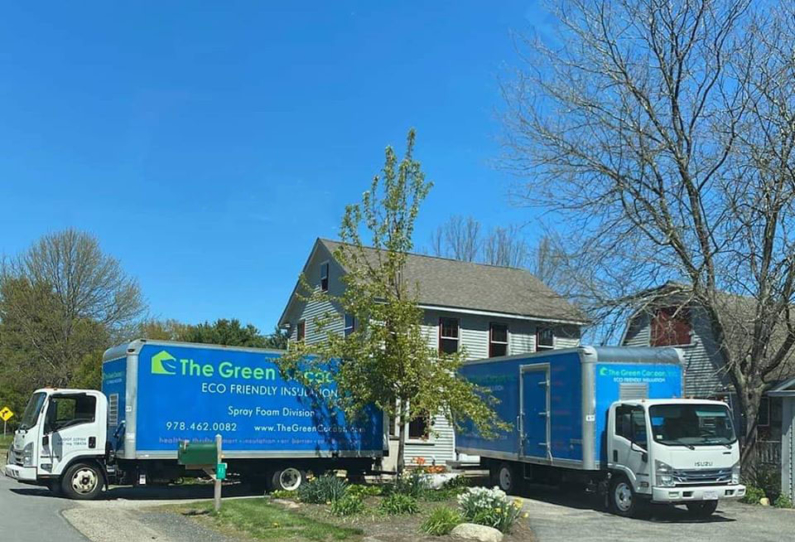
 The new
The new